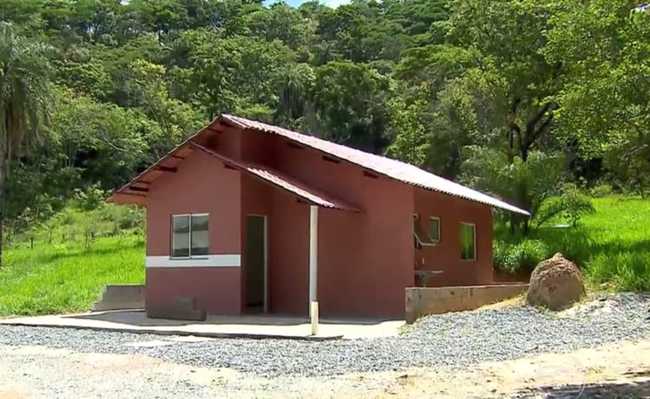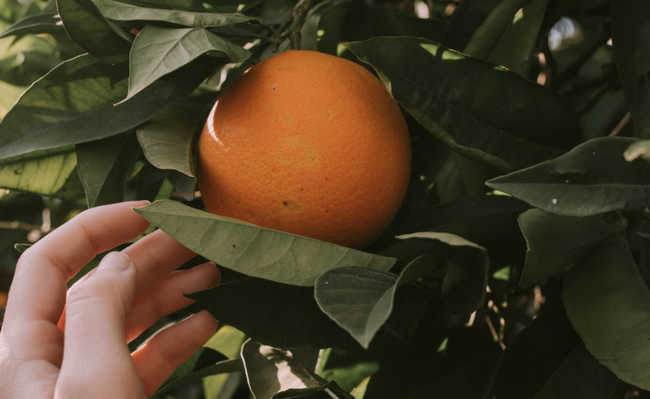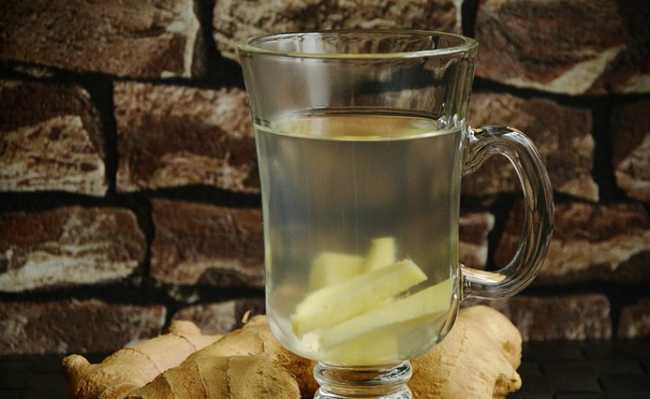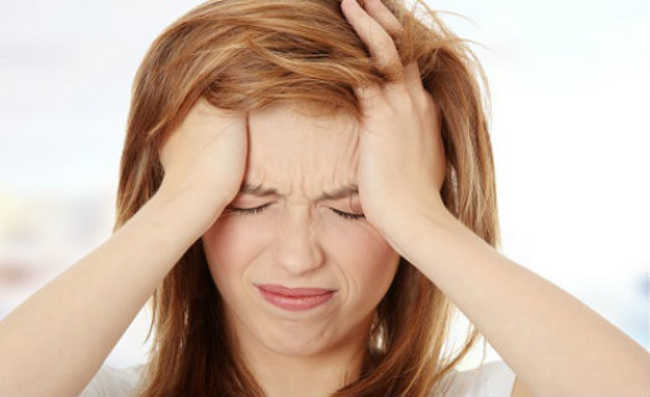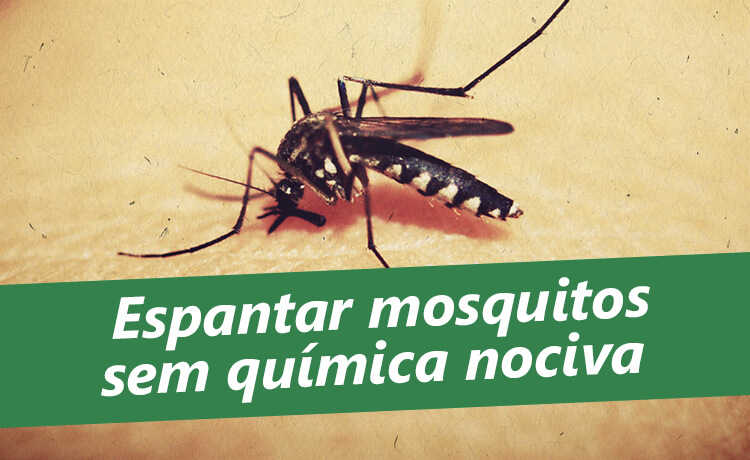Learn about air pollutants and their effects
Every year, millions of people die from air pollutants

Edited and resized image of Abhay Singh is available on Unsplash
Air pollutants are some of the substances present in the air we breathe. But they are mainly concentrated in more industrialized cities.
- What is air pollution? Know causes and types
These pollutants originate from human or natural activities and can be divided into primary pollutants and secondary pollutants:
- Primary pollutants are those released directly by emission sources, such as sulfur dioxide (SO2), hydrogen sulphide (H2S), nitrogen oxides (NOx), ammonia (NH3), carbon monoxide (CO), or carbon dioxide (CO2), methane (CH4), soot, and aldehydes.
- Secondary pollutants are those formed in the atmosphere through chemical reactions between primary pollutants, especially hydrogen peroxide (H2O2), sulfuric acid (H2SO4), nitric acid (HNO3), sulfur trioxide (SO3), nitrates (NO3-), sulfates (SO42-) and ozone (O3).
Among the atmospheric pollutants, some serve as air quality indicators and are monitored by public institutions, such as the Environmental Company of the State of São Paulo (Cetesb). The choice for these types of pollutants was due to the frequency they occur and their adverse health effects. The monitored pollutants are:
- Particulate matter a set of pollutants consisting of dust, smoke and all types of solid and liquid material that remain suspended in the atmosphere because of their small size. There are classification types: Total Suspended Particles (PTS), Inhalable Particles (MP10) Fine Inhalable Particles (MP2.5) and Smoke (FMC). Smoke contains black carbon, also known as soot.
- Sulfur Dioxide (SO2) : it is a dangerous substance and one of the main acid rain formers.
- Carbon monoxide (CO) : emitted mainly by motor vehicles. The highest concentrations are found in cities.
- Ozone (O3) and photochemical oxidants: these photochemical oxidants are a mixture of secondary pollutants formed by reactions between nitrogen oxides and volatile organic compounds, in the presence of sunlight, with this reaction as the main product ozone. Thus, it is used as an indicator parameter for the presence of photochemical oxidants in the atmosphere.
- Hydrocarbons (HC): gases and vapors resulting from incomplete burning and evaporation of fuels and other volatile organic products.
- Nitrogen oxide (NO) and nitrogen dioxide (NO2) formed during combustion processes. In large cities, vehicles are usually the main responsible for the emission of nitrogen oxides. NO, under the action of sunlight, transforms into NO2 and plays an important role in the formation of photochemical oxidants, such as ozone. Depending on the concentrations, NO2 causes great harm to health.
- Carbon dioxide: essential gas for photosynthesis and life, however, in high concentrations, it aggravates the greenhouse effect;
- Volatile Organic Compounds VOC : chemical components present in various types of synthetic or natural materials - some can lead to health damage in the short or long term;
- Toluene: is highly harmful to health. When volatizing, it can be inhaled and is rapidly transported to the lungs and diffused into the bloodstream;
- Short-lived Climate Pollutant (PCVC or SLCP): pollutants that remain in the atmosphere from a few days to a few decades and have harmful effects on health, the environment and also aggravate the greenhouse effect. The main PCVCs are black carbon, methane (CH4), ozone (O3) and hydrofluorocarbons (HFC). To reduce the emission of these pollutants, the World Bank invests heavily in an attempt to prevent the premature death of millions of people and also damage to public health and agriculture;
- Microplastics: in addition to the oceans, small plastic particles also contaminate the air we breathe, even in places far from large urban centers. They slough off synthetic clothing, tires and improperly discarded plastic objects and can travel through the atmosphere for miles as they are very light. The size can vary and, in the case of airborne microplastic, it is practically invisible, but it can contaminate food and enter the human body through breathing. The consequences of this type of pollution are still unknown.
- Ten consequences of global warming for health
In addition to health problems such as asthma and heart disease, the UN estimates that 7 million people die early every year from air pollutants - 90% of the world's population breathes polluted air. This has a high cost of lives and harms health and the economy.
In big cities, there's not much way to escape the polluted air, but a few tips can help you.
Tips for Combating Air Pollutants
- Report the occurrence of environmental crimes in your city - you can report if an industry or trade is emitting annoying smoke, for example;
- Use public transport, cycle, walk more;
- Leave windows open for air to circulate;
- Vacuum or sweep the house as the particulate matter gathers with the dust;
- When the air is dry, use room humidifiers or place a basin of water under the bed;
- Use air fresheners at home, but be careful;
- There are air-purifying plants you can grow at home;
- Replace aerosol flavorings with essential oils;
Taking these measures will help to improve the air quality in your home or work environment, so don't waste time and put them into practice.

